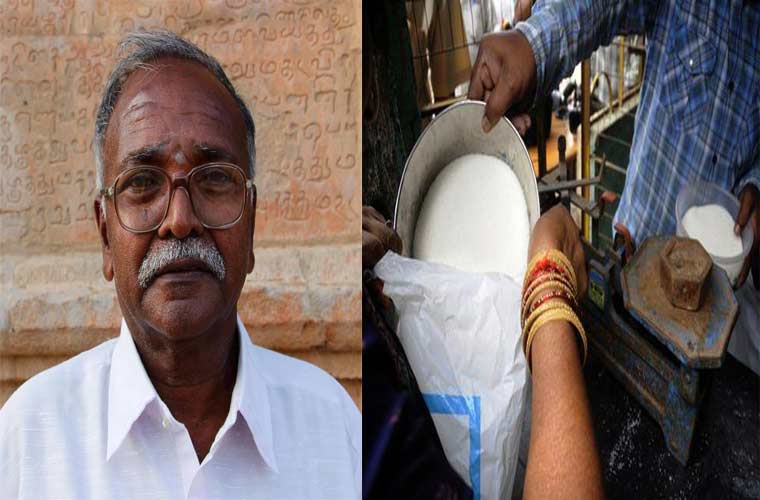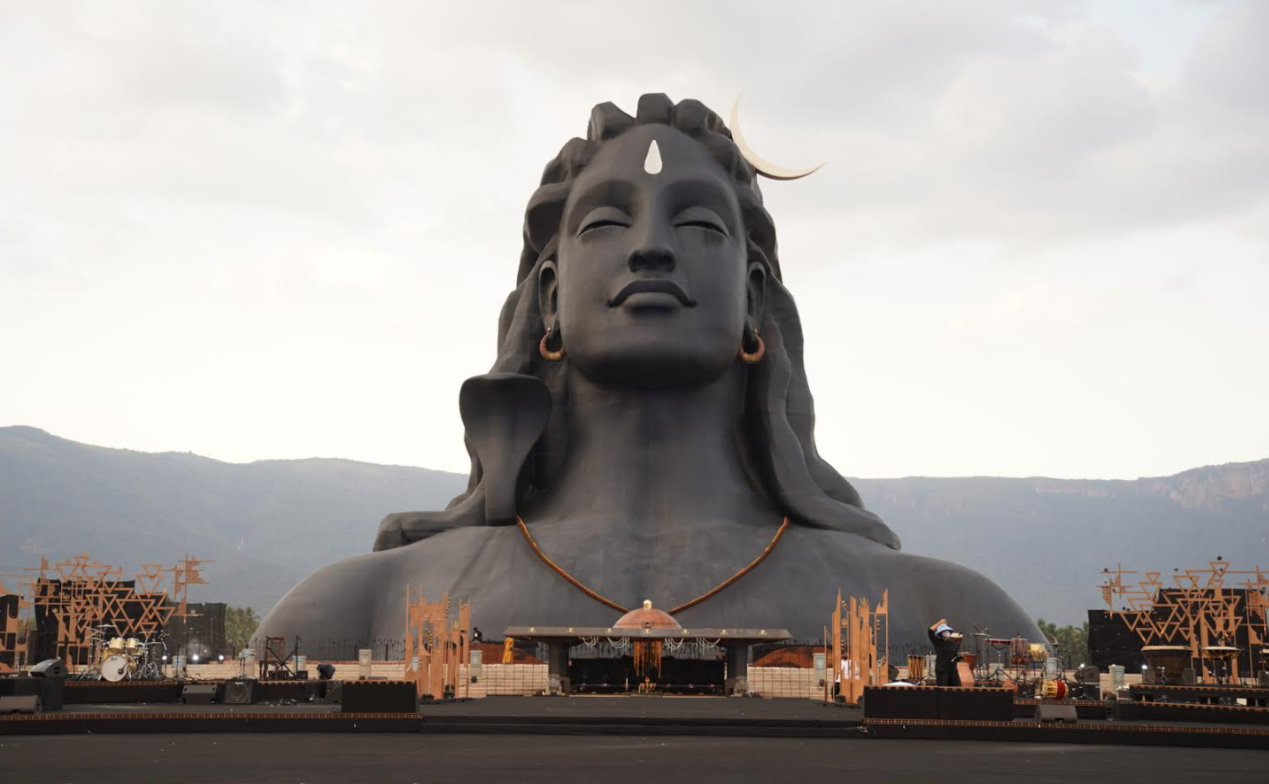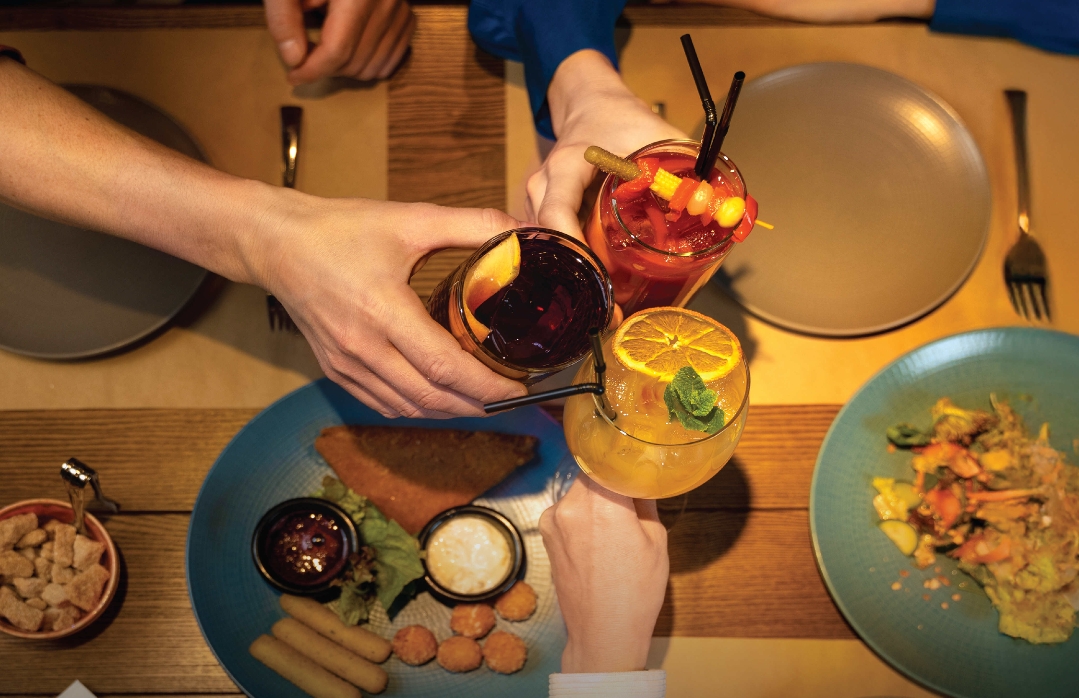Trending Now
- “If Edappadi Palaniswami permits, a thousand young members from the Virudhunagar district AIADMK are prepared to take up arms and engage in battle under my command.” – Former AIADMK Minister Rajendra Balaji
- “India is ready to deal with any counter-attack by Pakistan” – Wing Commander Vyomika Singh
- Central govt orders extension of CBI Director Praveen Sood’s tenure for another year
Coimbatore
Distribute jaggery under PDS, not `white poison’, says Toddy Movement leader Nallasami
![]() November 4, 2017
November 4, 2017
With the Tamil Nadu government doubling the price of sugar supplied through ration shops from November 1 and it being perceived generally as not good for health, agriculturists are pressing for distribution of palm and coconut jaggery.
The subsidised price of the sugar distributed through Public Distribution System (PDS) was increased from Rs 13.5 per kg to Rs 25 per kg from November 1. The decision was taken after the central government’s withdrawal of levy sugar allotment and reduction in subsidised sugar allotment from 10,820 MT to 1,864 MT per month effective June 1.
Price rise of sugar applies to all cardholders other than Antyodaya Anna Yojana (AAY) beneficiaries in the State. While the state has 18,62,615 AAY beneficiaries, there are 1,67,21,538 rice cardholders who are entitled to avail all commodities and 10,76,552 sugar cardholders alone. The monthly sugar supply by the state government under the PDS is pegged at 33,636 MT which is procured from cooperative sugar mills and open market.
Pointing the price and health factor, C Nallasami, field coordinator of Tamil Nadu Toddy Movement and secretary of Tamil Nadu Agriculturists’ Associations, suggests that palm and coconut jaggery can be supplied through PDS shops.
“Until 50 years ago, palm and coconut jaggery were the only sweeteners used in Indian kitchens. In fact, plam jaggery tea was sold at a price (3 paise) lesser than white sugar tea (5 paise) in tea shops those days. But after the government started promoting white sugar, crystallized sucrose extracted from sugarcane, its price came down and the number of palm trees also dwindled gradually,” Nallasami told The Covai Post.
White sugar is sold at Rs 45 per kg in the open market, while the price of one kg palm jaggery is Rs 200 and coconut jaggery is Rs 100.
According to Nallasami, when the British left India, there were 50 crore palm and 50 lakh coconut trees in the State, but now the number stands at approximately at 4 crore each. Tamil Nadu being a rain shadow state, it is best to promote hardy and drought-tolerant palm than water-consuming coconut trees, he says, adding that still the jaggery made from the products of coconut trees is also equally good for health.
Each palmyra and coconut tree has the capacity to yield about 3 litres of padhaneer from which 300 grams of jaggery can be made. While padhaneer from coconut tree can be tapped all through the year, it is seasonal in palm tree.
Asked whether the huge demand can be met by jaggery alone, he said it can be compensated with supply of brown sugar (nattu sakkarai), as it is “far better than white sugar any which way.”
“India having a large number of diabetic patients and white sugar considered to be one of the main contributors, it is the responsibility of the government as mandated under Article 4 of the Constitution to ensure the improvement of public health. Hence, we suggest jaggery, a natural and the best alternative sweetener, be distributed under PDS at subsidised rates,” Nallasami, who has been fighting to make toddy sale legal in the state, said.























